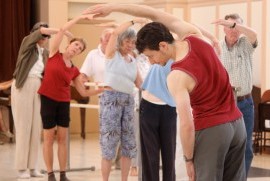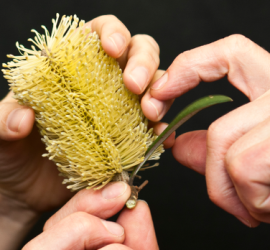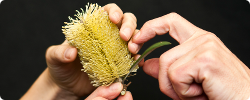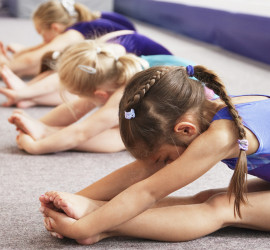Art and science: the benefits of dance in Parkinson’s disease
As a graduate student, I volunteered at my local community centre and the manager assigned me to run one of the weekly exercise classes offered to older people in the community. I found this experience highly rewarding and I was impressed by the enthusiasm of participants. The highlight of each […]






